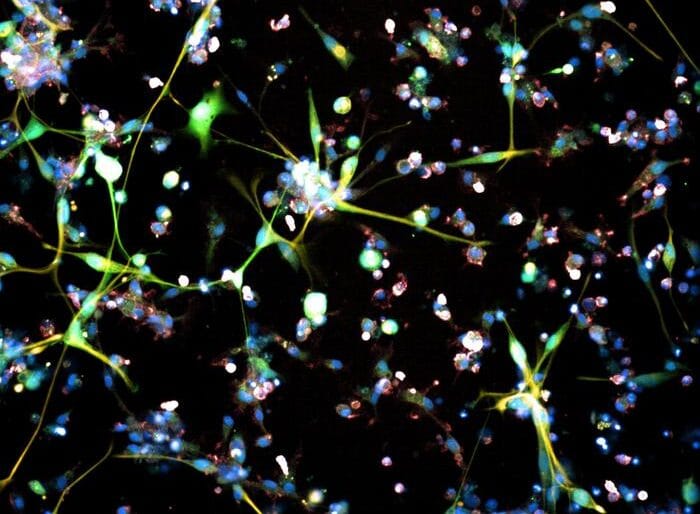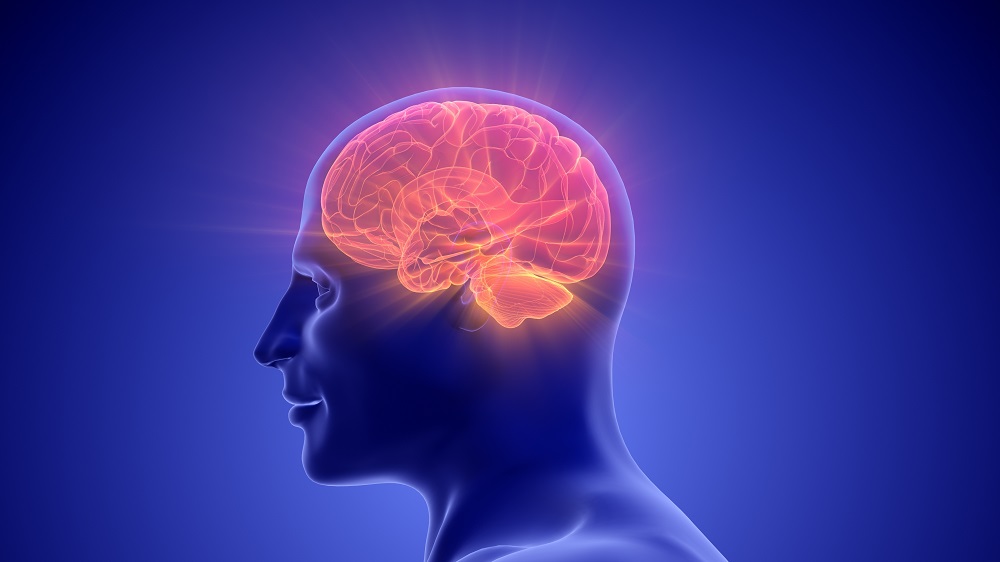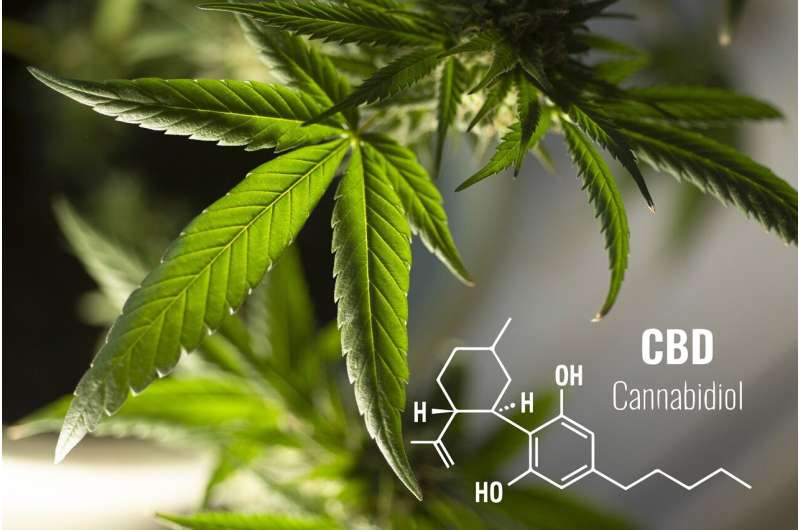Glioblastoma is among the most aggressive and lethal forms of brain cancer, with a median survival time of approximately 15 months. Current treatment protocols—surgery, radiation therapy, and chemotherapy—offer limited success, largely due to the difficulty of delivering drugs across the blood-brain barrier (BBB). However, recent research has identified a repurposed antidepressant, vortioxetine, as a potential therapeutic agent that can cross the BBB and exhibit anti-tumor activity.
Study Overview
The study, published in Nature Medicine under the title “High-throughput identification of repurposable neuroactive drugs with potent anti-glioblastoma activity”, was led by Prof. Berend Snijder, PhD, from ETH Zurich, in collaboration with University Hospital Zurich (USZ) researchers. The lead author, Sohyon Lee, PhD, used a novel high-throughput screening platform, known as pharmacoscopy, to identify neuroactive drugs with potential anti-glioblastoma effects.
| Study Details | Description |
|---|---|
| Principal Investigator | Prof. Berend Snijder, ETH Zurich |
| Lead Author | Dr. Sohyon Lee, ETH Zurich |
| Collaborating Institutions | ETH Zurich, University Hospital Zurich |
| Screening Platform | Pharmacoscopy—high-throughput drug screening for neuroactive substances |
| Publication | Nature Medicine: "High-throughput identification of repurposable neuroactive drugs with potent anti-glioblastoma activity" |
Pharmacoscopy: Identifying Drugs that Cross the Blood-Brain Barrier
Pharmacoscopy allows researchers to test hundreds of drugs simultaneously on live cancer cells derived from human tumors. In this study, the researchers tested 130 neuroactive compounds, including:
- Antidepressants
- Antipsychotics
- Parkinson's medications
The focus was on identifying compounds that could effectively cross the BBB and inhibit glioblastoma cell proliferation. Tumor samples from 40 glioblastoma patients were processed, and drugs were tested for their effects using advanced imaging and computerized analysis.
Key Findings
Efficacy of Vortioxetine
The study revealed that vortioxetine, an antidepressant, was the most effective among the drugs tested. The drug works by triggering a neuronal signaling cascade that suppresses cancer cell division. This was a surprising result, as not all antidepressants showed similar effects.
| Key Drug Identified | Vortioxetine |
|---|---|
| Drug Class | Antidepressant |
| Mechanism | Triggers neuronal signaling cascade, inhibiting cell proliferation |
| Blood-Brain Barrier | Capable of crossing the blood-brain barrier |
| Efficacy | Demonstrated in cell cultures and mice |
Computational Analysis
Using a computer model, the researchers tested over 1 million substances for their effectiveness against glioblastomas. The model highlighted the critical role of the joint signaling cascade between neurons and cancer cells, which explains why certain neuroactive drugs, such as vortioxetine, are effective while others are not.
In Vivo Testing: Mouse Model Success
Researchers at the University Hospital Zurich further validated the drug's efficacy in mice with glioblastoma. Vortioxetine showed promising results, particularly when used in combination with the standard treatment of surgery, chemotherapy, and radiation.
| In Vivo Testing | Results |
|---|---|
| Animal Model | Mice with glioblastoma |
| Effectiveness | Vortioxetine demonstrated significant efficacy, especially in combination therapy |
Next Steps: Preparing for Clinical Trials
The research team is now preparing for two clinical trials. The first trial will assess vortioxetine's efficacy when added to the current standard of care (surgery, radiation, and chemotherapy). The second trial will focus on using the pharmacoscopy platform to select personalized drug regimens for each patient.
| Planned Clinical Trials | Description |
|---|---|
| Trial 1 | Vortioxetine combined with standard glioblastoma treatment |
| Trial 2 | Personalized drug selection using pharmacoscopy |
Expert Caution
While vortioxetine is already FDA-approved for use as an antidepressant and is relatively safe and cost-effective, both Prof. Michael Weller, MD, and Prof. Berend Snijder caution against self-medication. They emphasize the importance of clinical trials to determine the appropriate dosage and efficacy in humans.
"We do not yet know whether the drug works in humans or what dose is required to combat the tumor, which is why clinical trials are necessary."
— Prof. Michael Weller, MD, Director of Neurology, USZ
Conclusion
This study marks a significant breakthrough in glioblastoma research by identifying vortioxetine as a potential new treatment. Should the drug prove effective in clinical trials, it could represent the first major advance in glioblastoma therapy in decades.
Key Takeaways:
- Vortioxetine, a repurposed antidepressant, has shown anti-glioblastoma activity.
- Preclinical results are promising, but clinical trials are required to confirm efficacy in humans.
- The drug could be integrated into treatment regimens soon, given its FDA approval for other uses.
The success of this study underscores the value of drug repurposing and the use of advanced screening platforms like pharmacoscopy in the fight against challenging cancers such as glioblastoma.
💛 Support the Editor
If you liked this post and would like to support the editor through a financial donation then you can do so below!
💛 Donate












Discussion